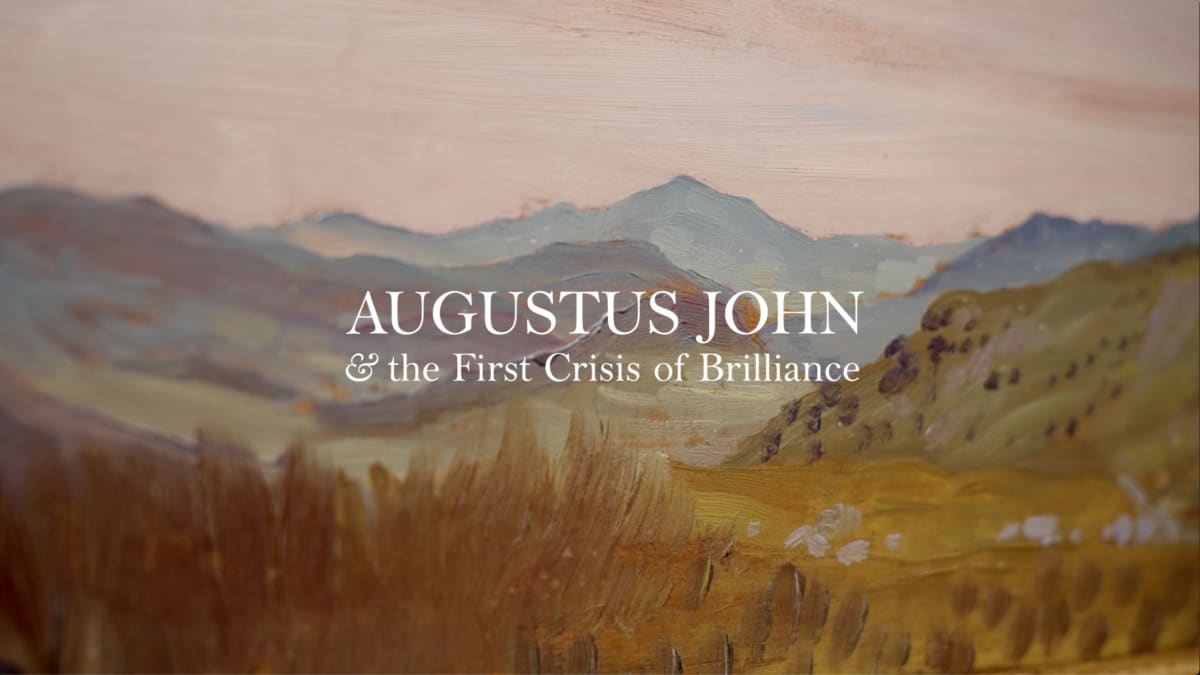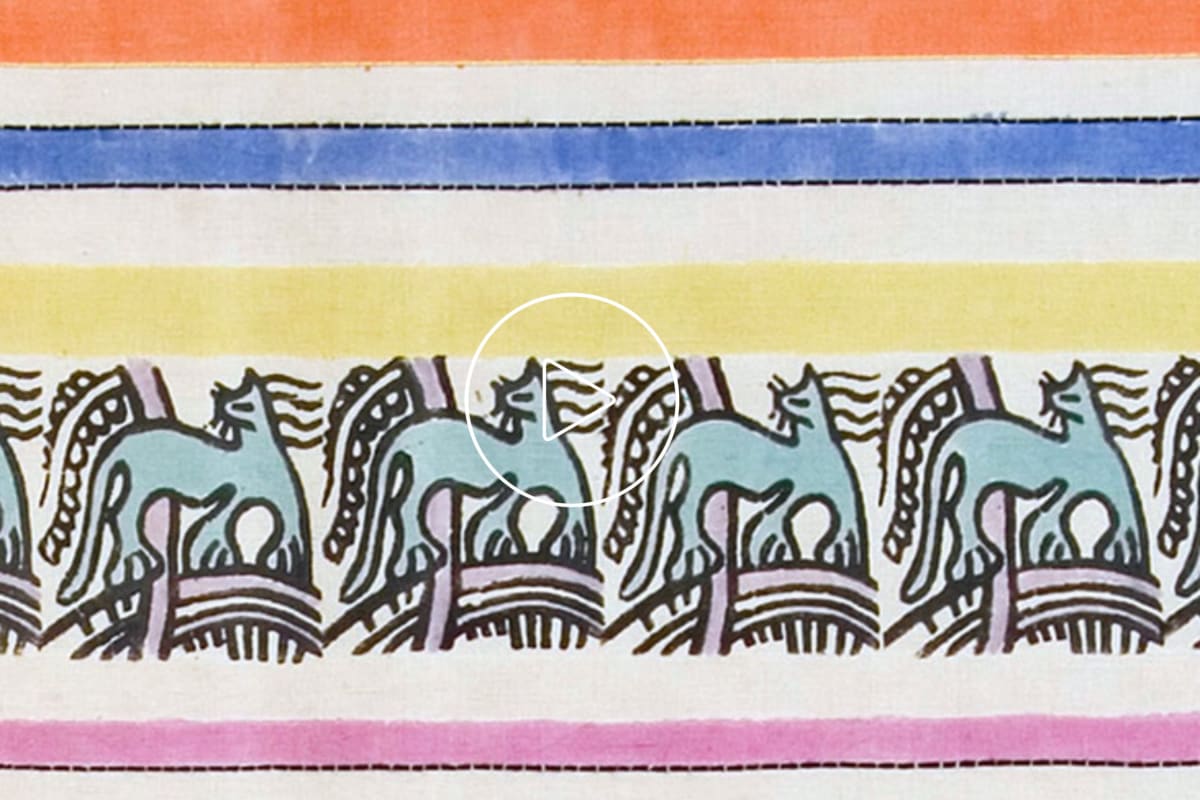Percy Wyndham Lewis
The gallery regularly handles, acquires and advises on works by Percy Wyndham Lewis. For more information or the availability of work, please contact the gallery.
Percy Wyndham Lewis (1882 - 1957)
Canadian-born English painter and writer. Lewis studied art at the Slade School in London (1898–1901), where his draughtsmanship was much admired, and spent the next seven years in Europe, often with Augustus John in Paris. Most of his early work is lost. On his return to England his work displayed elements of Cubism and Futurism and in 1912 he was included in Roger Fry's second Post-Impressionist exhibition. He worked briefly in Fry's Omega Workshops (1913) before founding the Rebel Art Centre (1914), the focus of his self-styled Vorticist movement. Workshop (1914; London, Tate) is a typical Vorticist picture, semi-abstract and angular and obsessed by the energy and impersonality of the machine. Together with Ezra Pound and Gaudier-Brzeska he founded the Vorticist journal Blast (1914) which he also edited. Working as an official Canadian war artist in both World Wars, Lewis developed Vorticism along more humanistic lines although his compositions remained jagged and his linearity exaggerated.
An admired portraitist, in both drawing and painting, his subjects include Edith Sitwell (1923–35; London, Tate). His combative and egocentric nature, evident in his prolific writings and his Self-Portrait as a Tyro (1920; Hull, University), ensured that his membership of artistic groupings, like Group X (1919), was short-lived. Later in his career, influenced by de Chirico, his work became increasingly mythological. In 1953 blindness ended his painting and he devoted himself to writing. His novels, which include The Apes of God (1930) and Malign Fiesta (1955), are renowned for their vehement satire.
Text Source: The Oxford Companion to Western Art
-

Augustus John
& the First Crisis of Brilliance 26 Apr - 13 Jul 2024 Piano NobileThe exhibition Augustus John and the First Crisis of Brilliance delves into the early works of one of the most important British artists of the 20th century, Augustus John (1878-1961), and examines why he was heralded as the ‘saviour’ of British painting at such a young age.Read more
-

London Art Week
Summer 2021 2 - 16 Jul 2021 Piano NobileFor London Art Week 2021, Piano Nobile presented an online display of paintings, sculpture and works on paper. Featured artists included Walter Sickert, Eric Gill, Alexander Calder and Frank Auerbach....Read more
-

Augustus John & the First Crisis of Brilliance
with Dr David Boyd Haycock May 21, 2024In this short film to accompany the exhibition Augustus John & the First Crisis of Brilliance art historian, curator, and author Dr David Boyd Haycock describes the influence of Henry Tonks— Augustus John's drawing master at the Slade—and the development of John and his circle's practice, the barriers women faced and the enduring importance of drawing. He also explores the tangled relationships between Augustus John and his male and female contemporaries.Read more -

Percy Wyndham Lewis
Bedspread, 1914 July 23, 2021Read more











